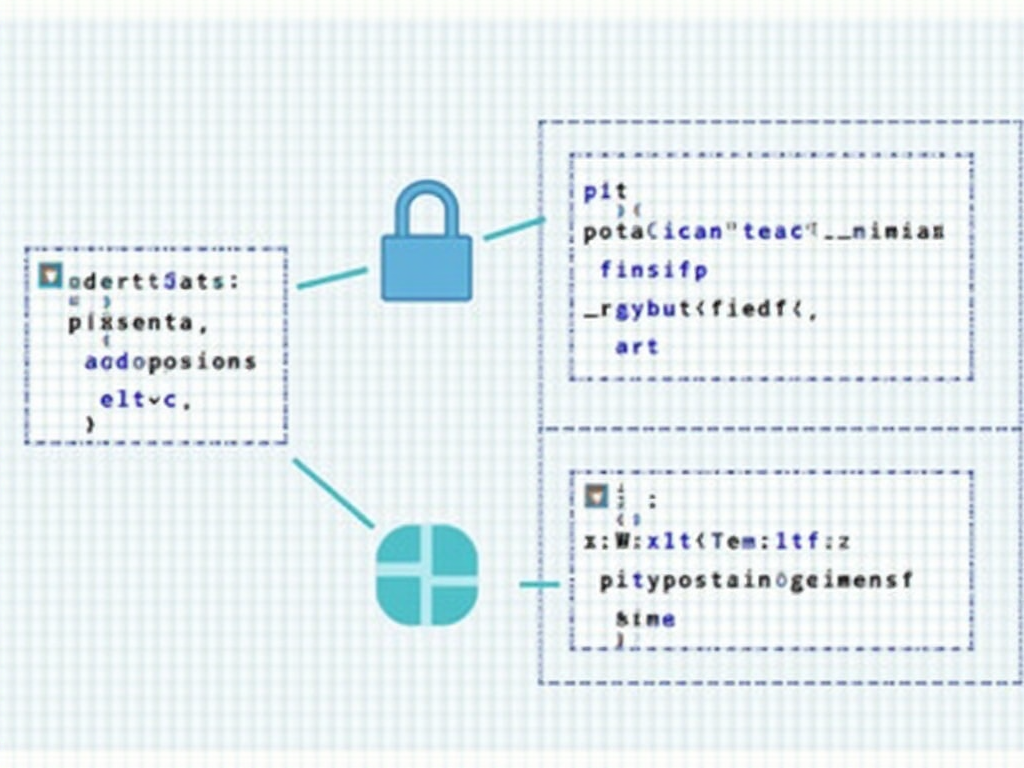How to Use AI-Powered Cybersecurity Solutions for Predictive Analytics
As the digital landscape continues to evolve, cyberattacks have become increasingly sophisticated and frequent. Traditional security measures are no longer sufficient to keep pace with these threats. That’s where AI-powered cybersecurity solutions come in – empowering predictive analytics to stay ahead of potential attacks.
What are AI-Powered Cybersecurity Solutions?
AI-powered cybersecurity solutions leverage artificial intelligence (AI) and machine learning (ML) to analyze vast amounts of data, identify patterns, and make predictions about future threats. These advanced systems can detect anomalies, recognize behavioral changes, and even anticipate attacker tactics.
Key Benefits of AI-Powered Cybersecurity Solutions
- Predictive Analytics: AI-powered solutions can forecast potential attacks, enabling proactive measures to prevent breaches.
- Improved Detection: AI-driven analysis enables the identification of unknown or zero-day threats, reducing false positives.
- Enhanced Response: AI-powered systems can provide real-time insights, facilitating swift and effective incident response.
How to Use AI-Powered Cybersecurity Solutions for Predictive Analytics
Step 1: Identify Your Goals
Before deploying an AI-powered cybersecurity solution, define your specific goals. Are you looking to:
- Reduce the likelihood of successful attacks?
- Enhance threat detection capabilities?
- Streamline incident response processes?
Step 2: Select the Right Solution
Choose an AI-powered cybersecurity solution that aligns with your goals and integrates with your existing security infrastructure. Consider factors such as:
- Threat Intelligence: Look for solutions that incorporate real-time threat intelligence feeds to stay ahead of emerging threats.
- Data Analytics: Opt for a system that leverages advanced data analytics to identify patterns and trends.
- Integration: Ensure the solution seamlessly integrates with your existing security tools, such as SIEM systems or IDS/IPS appliances.
Step 3: Configure and Implement
Configure your AI-powered cybersecurity solution according to the vendor’s recommendations. This may include:
- Data Ingestion: Set up data ingestion mechanisms to feed relevant log data into the AI-powered system.
- Model Training: Train machine learning models on historical data to improve predictive analytics capabilities.
Step 4: Monitor and Refine
Regularly monitor your AI-powered cybersecurity solution’s performance, refining it as needed. This includes:
- Tuning Models: Continuously update and refine machine learning models based on new threat intelligence and observed attack patterns.
- Anomaly Detection: Adjust the system to detect unusual behavior or anomalies that may indicate a potential attack.
Step 5: Integrate with Incident Response
Integrate your AI-powered cybersecurity solution with your incident response processes. This ensures:
- Real-Time Insights: Provide security teams with real-time insights into emerging threats and potential attacks.
- Swift Response: Facilitate swift and effective incident response by leveraging predictive analytics and automated workflows.
Conclusion
AI-powered cybersecurity solutions offer a powerful means of staying ahead of evolving cyber threats. By following these steps, you can leverage the predictive analytics capabilities of AI to improve threat detection, reduce false positives, and enhance incident response processes. Stay vigilant and proactive in your approach to cybersecurity – the future of digital defense depends on it!



